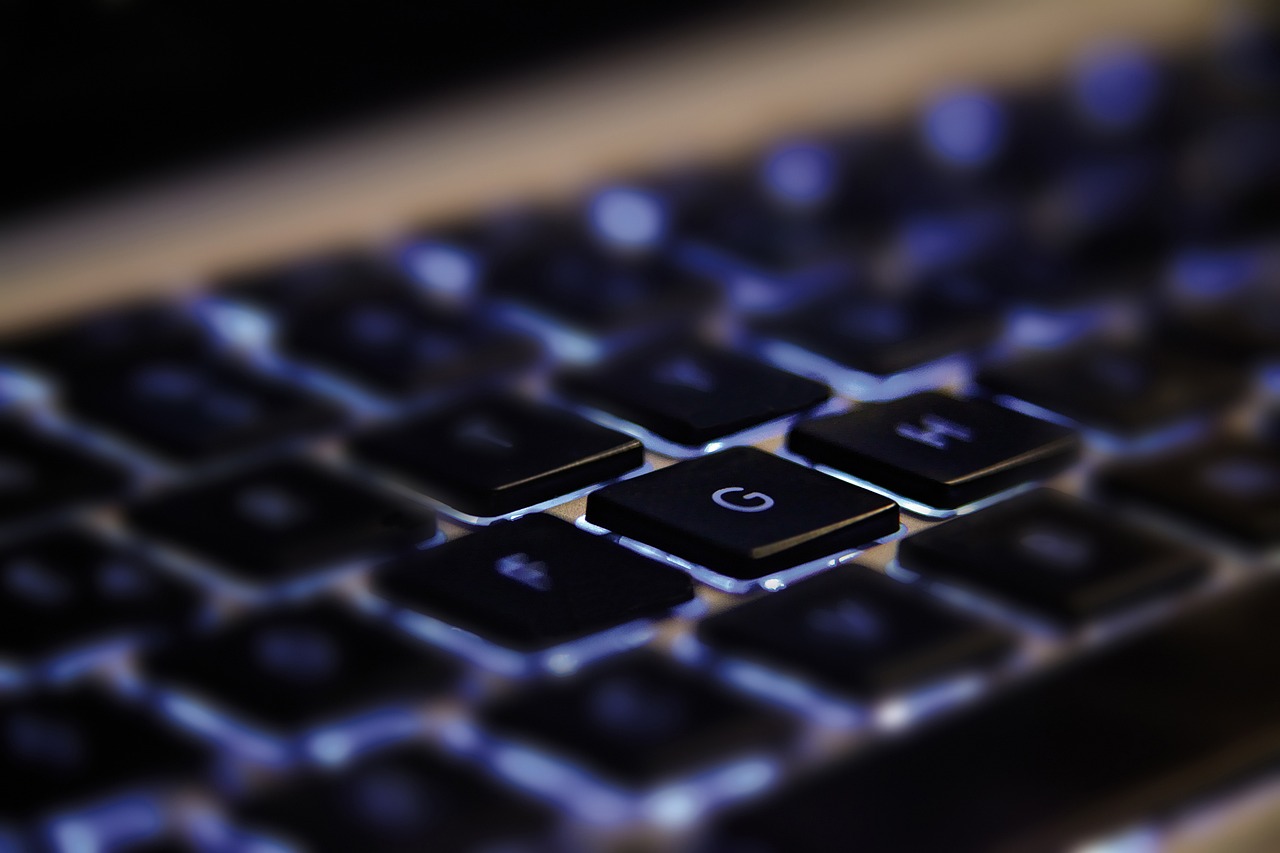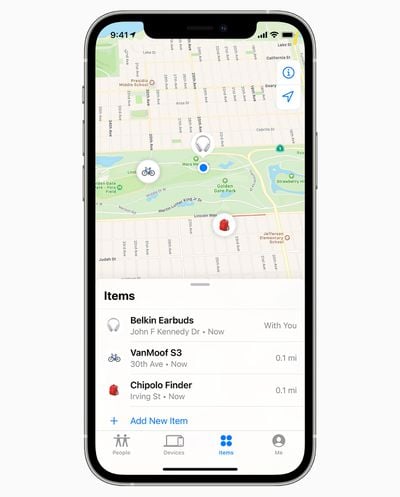Deepfakes can be used for many purposes, from enhancing video games to providing medical research. However, they can also be used for malicious purposes.
Deepfakes are created using machine learning algorithms to make or modify media. These algorithms take into account factors such as lighting, facial expressions, and the cadence of a person’s voice.
Is deepfakes illegal?
While deepfakes can have positive uses such as in video games and forensics, they also pose serious security and safety concerns. They can be used to spread misinformation, manipulate public opinion, and erode trust in journalism. Additionally, they can be used to harass and defame people.
Moreover, deepfakes can be used to commit crimes such as fraud and identity theft. For example, criminals can use deepfakes to impersonate people in order to open bank accounts or steal intellectual property.
While some believe that legislation is necessary to address the growing threat of deepfakes, others argue that restrictions on deepfake creation would violate the First Amendment. They argue that banning deepfakes that contain libel or slander could lead to suppression of free speech. Furthermore, they argue that third party websites should not be held liable for content posted by users of their platforms.
What are some examples of deepfakes?
Although deepfake technology has garnered controversy because of its potential for malicious use, it can be used for positive purposes. For instance, it has been used to create a digital voice for people who have lost their own, and it can also be used to update film footage instead of having actors reshoot scenes.
The technology behind a deepfake uses machine learning to create convincing fake images, video, and audio. This is done by running a victim’s photos and videos through two different AI algorithms: one known as a discriminator and the other, the generator. The generator will then fix any inconsistencies the discriminator finds in its tampered image or video. The process is repeated until the tampered image or video looks completely real.
What technology is used in deepfake detection?
The underlying technology used in deepfake technology is machine learning and generative AI. This technology includes neural networks that identify patterns in visual data, face-replacement tools, and autoencoders. These tools enable one image to be superimposed on another, and movement to be transferred between images.
In addition, high-performance computing is needed to provide the significant computational power required by deepfake technology. Detection tools are improving, but they still require large and diverse data sets in order to reliably detect manipulated media.
As a result, it is important for people to be skeptical of the media they consume and look for tells that something may not be right. This may include unusual movements or distortions in video and audio. It also means making sure that people have given their consent to have their images or voices used in this way.
What is a good use of deepfake technology?
Deepfake technology can be used for both positive and negative purposes. Some people have used it to create videos of politicians or other public figures saying things that they never said or did. This can be harmful, as it can mislead the public and sow political discord.
Other people have used the technology to create fake videos for satire or entertainment purposes. For example, one popular video showed a simulated performance by a young Carrie Fisher, while another video featured a voice synthesised John F. Kennedy giving a speech that he never actually gave.
Businesses are also starting to use the technology to create personalised marketing videos for their customers. This can help them save money by not having to hire in-person actors. It can also help them provide a more dynamic and interactive experience for their customers.
Are deepfakes good or bad?
Deepfakes are a dangerous technology when they are used for malicious purposes, such as creating non-consensual pornography or falsely portraying people in harmful ways. They can also be used to manipulate elections or cause financial turmoil. This is why it is important to implement basic cybersecurity best practices, such as making regular backups and using strong passwords.
However, if used responsibly, deepfakes can be beneficial. For example, they can be used to create realistic simulations of long-dead artists for museums or edit video without the need for a reshoot. They can also be used to personalize marketing campaigns for customers based on their preferences or demographics. This type of targeted marketing can be more effective than generalized advertising. Additionally, it can reduce costs and time to market for marketers.



